Have your students determine whether each object has line symmetry, rotational symmetry, or no symmetry, with this fun cut and paste worksheet.
Recognising Line and Rotational Symmetry in Grade Four.
This symmetry worksheet requires your Grade Four students to decide whether each everyday object depicted has line or rotational symmetry.
When we look at types of symmetry in Primary maths, we categorise symmetrical shapes as either having ‘line’ or ‘rotational’ symmetry. Line symmetry is sometimes also called ‘reflection’ or ‘reflective’ symmetry.
What are Line and Rotational Symmetry?
Line symmetry is when a shape or pattern is reflected across a line of symmetry (or mirror line). The reflected shape will be exactly the same as the original, the same distance from the mirror line and the same size.
Rotational symmetry is when a shape or pattern can be rotated on a central point and remains the same.
How to Use this Line and Rotational Symmetry Worksheet
This worksheet would work well as a maths rotation activity, as a whole-class learning experience, or as a summative assessment to check for student understanding of the types of symmetry.
Students will colour and cut out the objects on the right-hand side of the worksheet and use their knowledge of the two types of symmetry to classify each into their category. If an object does not have line or rotational symmetry, they may place it in the third category of ‘not symmetrical’. Once students are happy with their selections they can paste them and check through the answers with the teacher.
Students will demonstrate their ability to recognise line and rotational symmetry of shapes.
An answer key is included with your download to make marking fast and easy!
Tips for Differentiation + Scaffolding
Students needing a challenge could go on a ‘symmetry hunt’ for objects around their classroom that have either line or rotational symmetry. They could use a device such as an iPad to photograph the object and then draw where the object’s symmetry can be found.
Extra support can be given by displaying the teaching slides, either printed per student or displayed on the screen to revisit each style of symmetry as students complete this task with the teacher or a small group.
Printing Tips for Your Symmetry Worksheet
Use the dropdown icon on the Download button to choose between the PDF or Google Slides version of this resource.
Because this resource includes an answer sheet, we recommend you print one copy of the entire file. Then, make photocopies of the blank worksheet for students to complete.
This resource was created by Caitlyn Phillips, a teacher in Victoria and Teach Starter Collaborator.
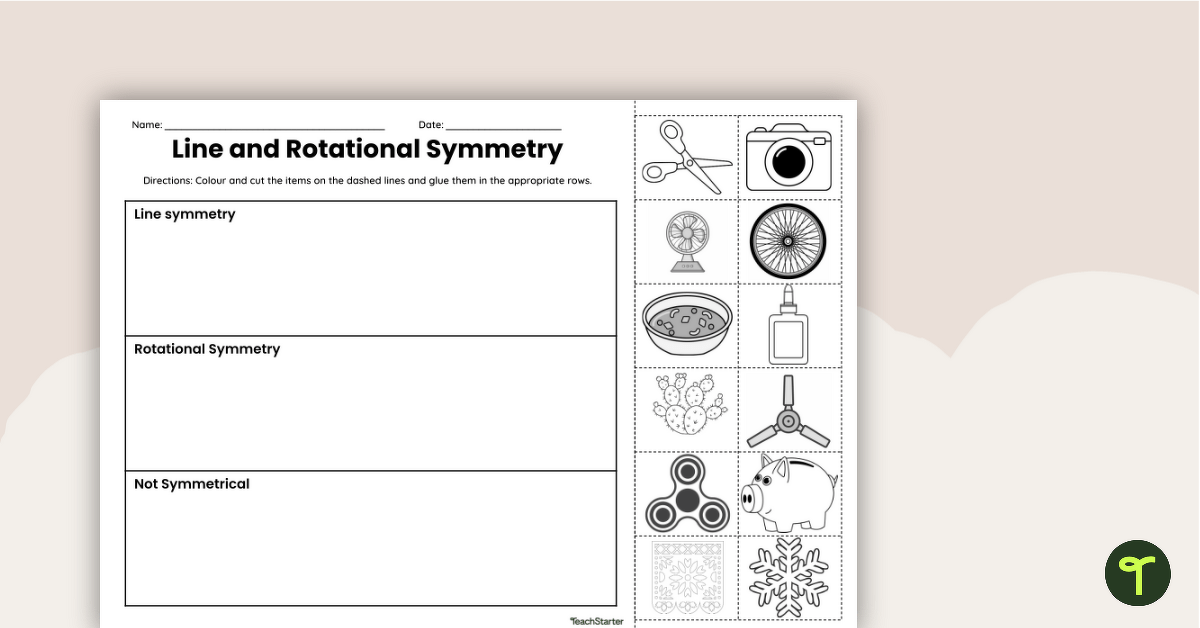


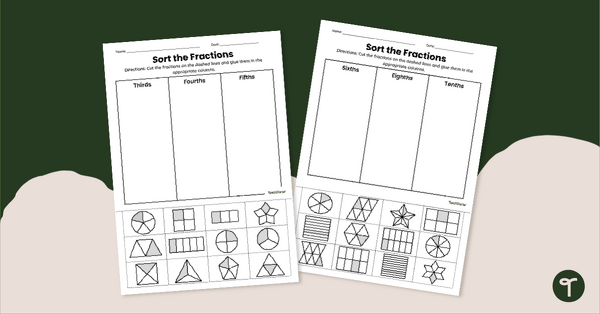
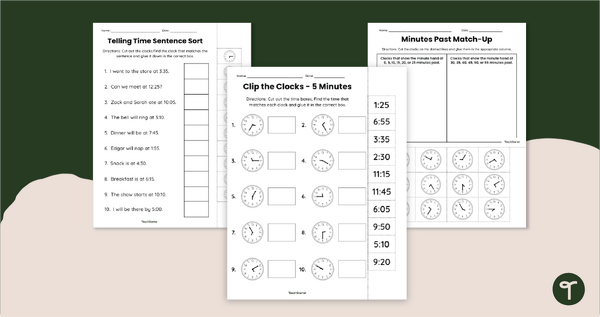
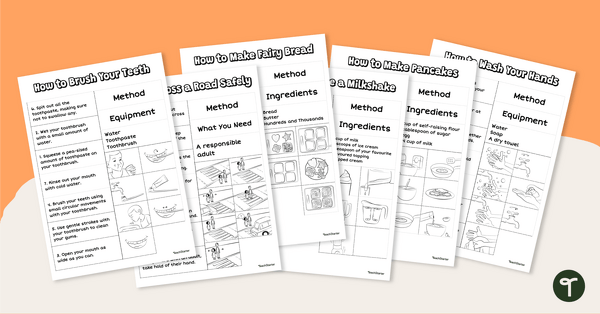

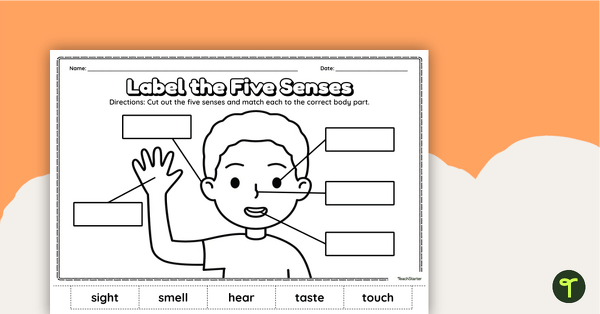
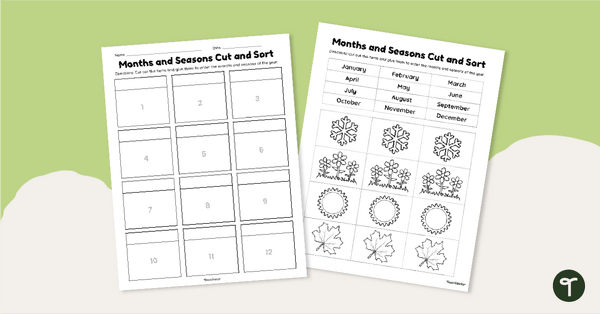

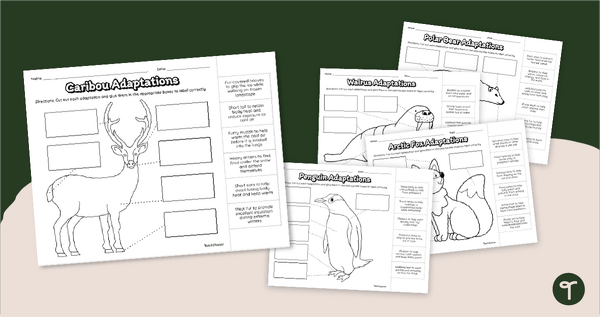
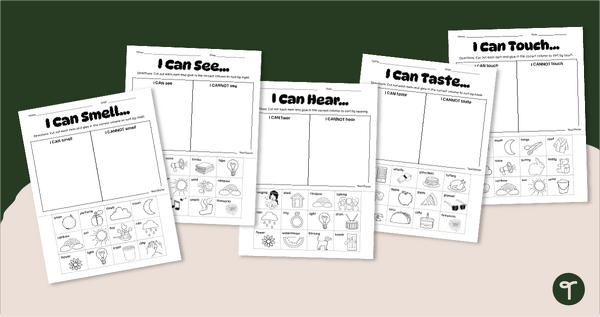
1 Comment
Write a review to help other teachers and parents like yourself. If you'd like to request a change to this resource, or report an error, select the corresponding tab above.
No comments yet.